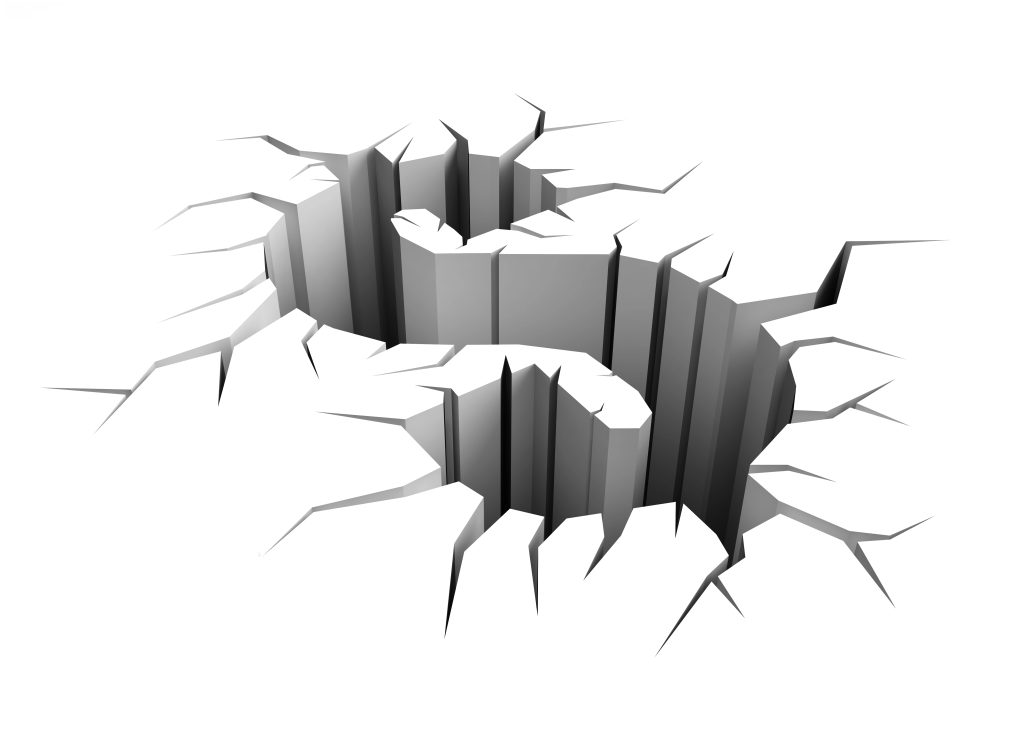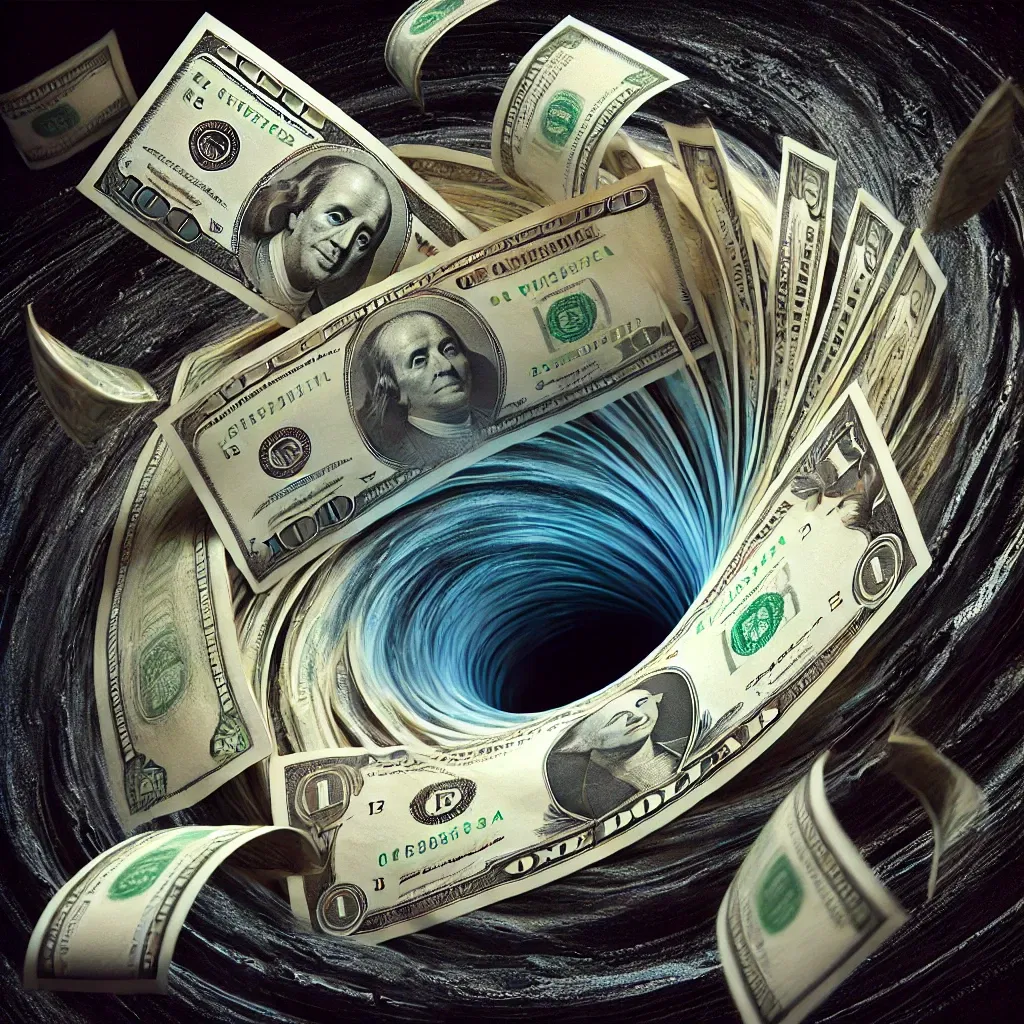In 2007, Giuseppe Ferrarello found himself facing a monumental challenge as the newly-elected mayor of Gangi, Italy — an incredibly picturesque yet dwindling town nestled in the mountains of Sicily.
Like many rural communities across Italy and beyond, the village of Gangi was grappling with depopulation and economic decline. Once home to 15,000 people, its population by 2007 stood at just 7,000. Young people in particular were leaving to seek job opportunities in northern Italy and elsewhere in Europe, leaving behind aging parents and empty houses.
At first glance, the situation seemed hopeless. Gangi’s inland location far from the coast rendered it unattractive to tourists.
But Ferrarello refused to give up and adopted a bold strategy to revitalize his town through the “One Euro Houses program” — a pioneering initiative aimed at attracting new residents and rejuvenating abandoned properties.
Under the program, buyers could purchase local derelict houses for a symbolic price of just one euro… but with strings attached. New owners had to commit to restoring the properties within four years.
Ferrarello’s idea was successful in attracting foreign investors. And over the next few years, the little hamlet was recognized as the “Jewel of Italy,” and named one of the “The most beautiful Italian villages.”
New residents and tourists from Europe and beyond arrived, to the delight of the local businesses and artisans.
And over the following years, several towns across Italy, Spain, France, and even the UK launched their own projects offering housing at a ‘symbolic price’.
At face value it seems like a stupendous bargain to buy a house in Europe for just 1 euro. But are these offers really worth the strings attached?
Super cheap real estate deals across various EU countries exist because the properties are worthless to their current owners. These often-dilapidated homes are located in small towns far from major population centers and tourist attractions, and many have been abandoned for generations, requiring extensive renovation.
Property taxes, though modest, make these properties a burden. And buyers typically must commit to spending at least €35,000 to renovate the property within two to three years.
If you fail to meet these obligations, you risk losing a €1,000 to €5,000 insurance deposit held by the municipality, losing the property, or both.
Other costs include €1,500 in legal fees, and roughly €3,500 for mandatory civil engineering and architectural plans.
There’s also no guarantee that €35,000 will be enough to complete renovations; many of these properties are “historic,” meaning you can’t do whatever you want. Plenty of local regulations will govern what you can and cannot do.
Therefore, renovating a small, 100 square meter (1,076 sq.ft.) home can cost between €60,000 and €160,000 to bring it to a livable and rentable condition.
Engaging in such a project could certainly benefit adventurous souls with ample free time.
But there are other challenges as well. You either need to speak Italian and be prepared for the complexities of southern European bureaucracy, or you’ll have to spend even more money on project managers.
Even if you persevere through the purchase and renovation process, consider the most probable outcome — an illiquid property in a tiny village lacking appeal to both Italians and foreigners alike. Because most of these towns aren’t as successful as Gangi at reigniting their tiny economies.
But if owning a beautiful home in Italy is your goal (and part of your Plan B), it probably makes more sense to just look at the wide selection of regular cheap properties available throughout the country.
After all, owning an Italian home does offer the allure of breathtaking scenery, cultural richness, relaxation, outdoor activities, and even an investment potential… all in one picturesque package.
Even for as low as €60,000 to €160,000, you can find a nice Italian property with no strings attached — no hunting for reliable information, no applying for remodeling and construction permits, no actual renovation, and no time wasted.
Properties almost anywhere in Italy remain remarkably cheap, as the country has, so far, missed the real estate boom experienced by its European neighbors.
As of March 2024, the average Italian property price per square meter stood at €1,850, just 6.6% higher than the nationwide low recorded in February 2020.
Property prices in Spain average €2,098 per sq.m., and €2,596 in Portugal.
And 22 provinces (out of 106) across Italy have current province-wide prices below €1,000 per square meter. That’s definitely cheap.
For example, in Gangi, the original “€1 house” village, this 151 sq.m., 3-story house in the town center offers great views, is in livable condition, and is selling for just €35,000.
(Personally, I’d rather pay 35k for the finished home than have paid 1 euro and gone through all the time, money, and work to renovate it.)
And it’s not just the cheaper southern Italy that has these deals.
Genoa — a famous port city just south of Milan, and the birthplace of Christopher Columbus — is still 47% below its 2012 peak, with plenty of options below €1,000 per square meter.
Biella — less than 90 minutes from Milan and situated right at the foot of the Alps, next to lakes, mountains, and ski resorts — offers this spacious and modern 250 sq.m. apartment located right in the town’s historic area, selling for €155,000 — a very inexpensive €620 per square meter.
Now, believe it or not, this article isn’t really about buying property in Italy. To some people, Italy may be their idyllic retirement dream. Others couldn’t care less. The larger issue is how to think about a “Plan B”.
Remember, the central idea behind a Plan B is to mitigate risks by taking sensible actions — actions which make sense regardless of what happens (or doesn’t happen) in the future.
For a lot of people, a big part of their Plan B is having a second property overseas. A second home abroad, combined with residency or citizenship, is sort of like an insurance policy: you might not ever need it… but in case you ever do, you’ll be damn glad you have one.
A second residence means that you’ll always have a place to go in case, for whatever reason, you need to leave your home country. This could be enormously valuable to you and your family.
But even if that day never comes (and hopefully it doesn’t), it’s hard to imagine you’ll be worse off for owning a nice property in a place where you really enjoy spending time– which you were able to purchase on the cheap and generate modest cashflow while you’re not using it.
For some people, Italy ticks that box. For others, it doesn’t. And for others, buying a second home isn’t the right move either. Everyone has unique, individual circumstances.
The key idea is that we can apply this same logic to other elements of a Plan B, including our finances.
For example, we have long argued why inflation will grow and become a major problem for the US dollar in the coming years; it will be extremely difficult to take on $20+ trillion in new debt in the next decade without serious, serious inflation.
Real assets are a major inflation hedge. And right now, many real assets– including key commodities and the companies which produce them — are historically cheap.
We’re talking about high quality gold or copper miners that generate fantastic profits, have virtually zero debt, and pay 8%+ dividends… yet their shares trade at laughably low valuations.
If our inflation thesis plays out as expected, these types of companies will do extremely well, and shareholders could be richly rewarded.
But even if inflation never materializes (which is highly doubtful), it still makes sense to consider owning a strong, profitable business that pays a great dividend.











